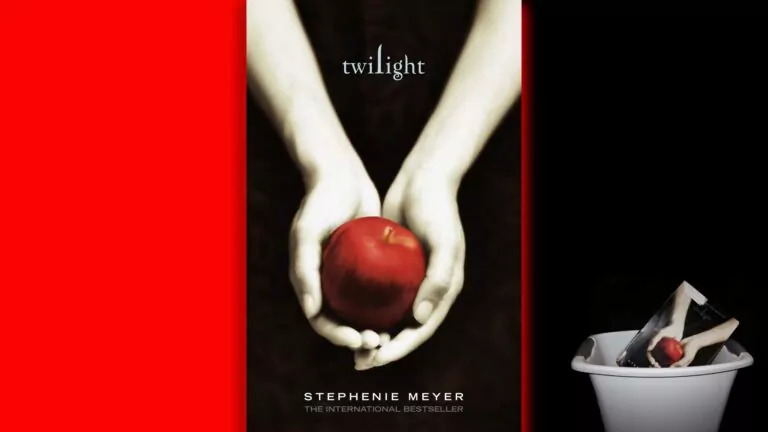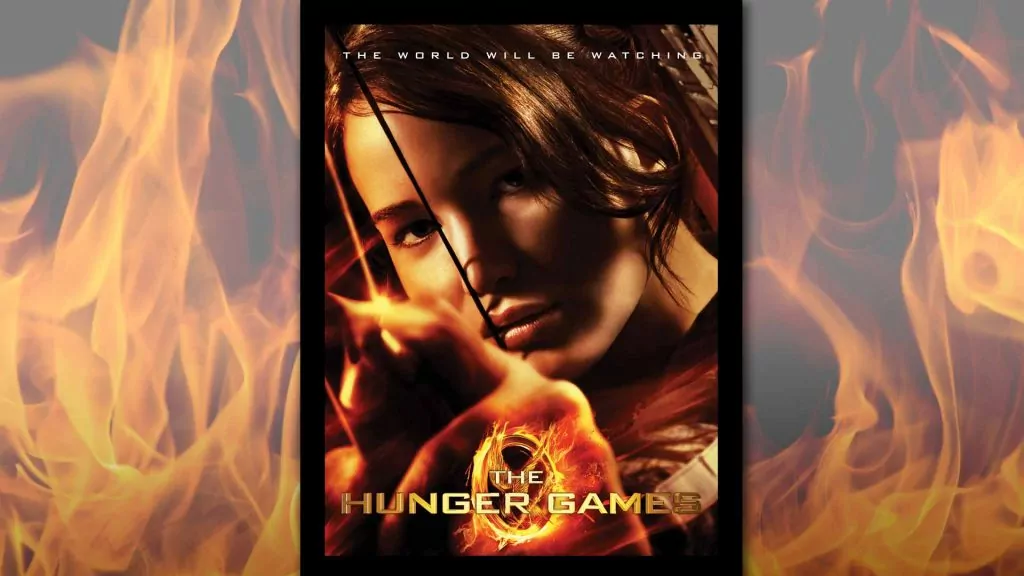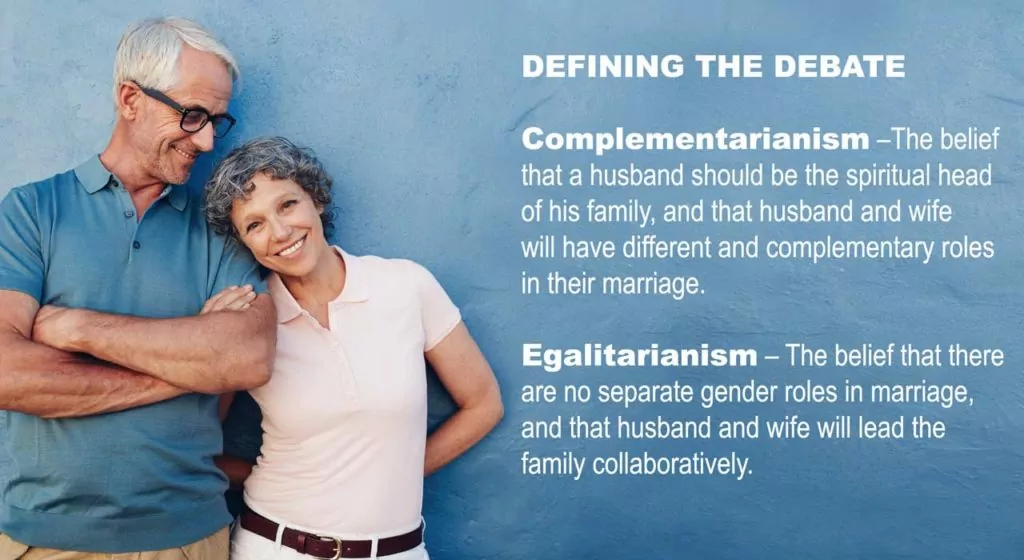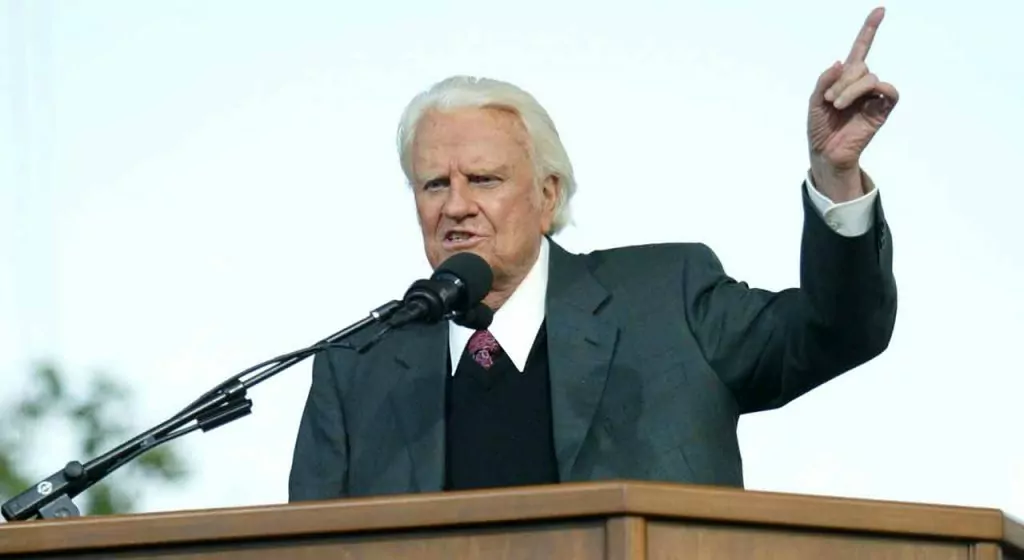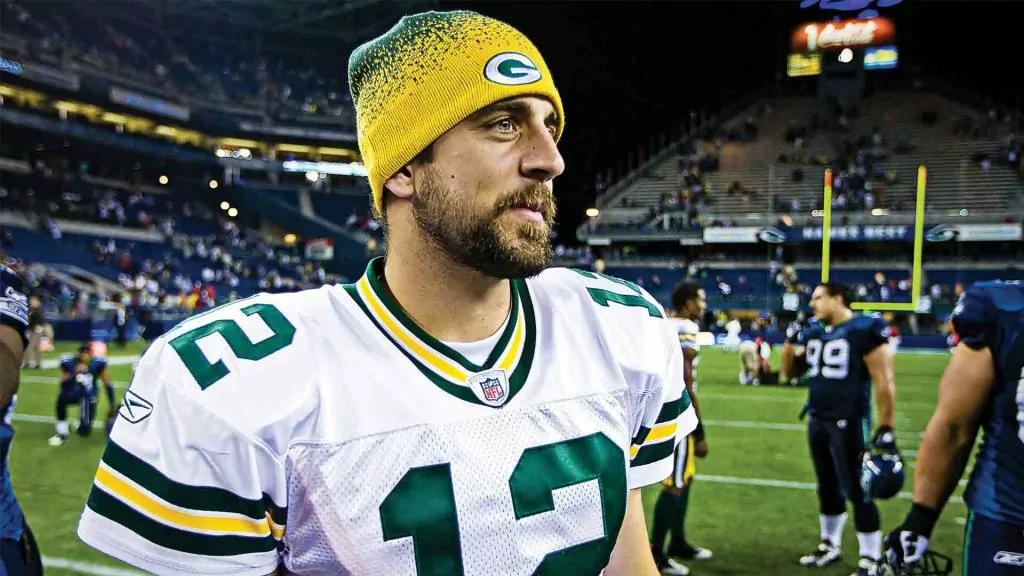In 2005 Stephanie Meyer published Twilight, a novel for teens she described as a “suspense, romance, horror, comedy.” It tells the story of Bella, just starting grade eleven at a new school in rainy Washington state, and her love interest Edward, a ninety-something-year-old vampire. And to add to the oddness, the cover features a pair of pale hands offering up an enticing rosy red apple.
That’s just a three-line summary, but it should be enough to creep out Christian parents; we know romanticized vampires offering up forbidden fruit can’t amount to anything better than frothy trash, and might well be something worse. So we know this isn’t the sort of fiction we want our daughters reading.
It might turn out, though, that they have other thoughts.
This is the literary and celluloid big thing right now – Twilight has sold 17 million copies and spawned three sequels and two, going on three, films with the third due out this June. It’s an entirely female fan base, and as the books and movies keep coming the phenomenon is also making inroads into the Church. If you have daughters and you haven’t already seen these books lying around your house you soon could.
Of course if the series hasn’t made it to your house yet, why not keep it that way – tell your kids to steer clear. But if it’s already arrived, or if your older daughters are pressing to read it and asking you what’s so wrong with it, you might want to rethink a blanket ban and instead decide to read through the first book with them.
Reading trash
Reading trash with your daughters isn’t an approach I’d normally advise, but there are a couple reasons it’s worth considering in this case.
The first is a matter of practical parenting. When our children are young we tell them what to do and what not to do, and shouldn’t feel obliged to always explain ourselves; our job is to protect them, their job is to listen. When they get older this “no questions asked” approach has to be replaced and explanations have to be offered so our children can learn to grow in discernment. Telling a seventeen-year-old they are forbidden from reading a particular book is treating them too much like a ten-year-old; we don’t want to be doing that unless we really have to. If our daughters want to read these trashy novels that might be an indicator that Mom and Dad still have some important teaching to do, and reading the first book together is one good way to do it.
Secondly, if your daughter is a fan of these books, she’s being attracted to something that should concern parents. On the surface these seem silly, not-so-out-of-the-ordinary teen romances mixed with a bit of nonsense about vampires. The hero is a bloodsucking demon but he is at least a restrained sort who limits himself to animal blood. Because it is written by a good Mormon lass, there is no swearing, and no sex (or at least none in the first book). In fact, even though Bella desperately wants to become a vampire like her beloved Edward, he won’t consider nibbling on her neck until after they are married (no premarital sex and absolutely no premarital blood letting – there’s an abstinence message we can all appreciate – phew!).
The master manipulator
But below this PG surface there is a much simpler, much more vile story being told about an abusive relationship. That’s not how young women are understanding it but any father will recognize what’s really going on. Edward is the boy fathers have nightmares about, and it has nothing to do with him being a vampire.
He is a self-confidant, self-absorbed charmer preying on a vulnerable, lonely young woman. When Bella looks in the mirror she sees a “soft” unathletic girl with “pallid” skin who can’t figure out how to get along with anybody.
Edward is the boy who dazzles her. She describes him having an “absurdly handsome,” “perfect face” complimented by “a crooked smile so beautiful that I could only stare at him like an idiot.” And from his “perfect, ultrawhite teeth” and “flawless lips” proceeds a “musical voice.” He is, in short, gorgeous and Bella can’t figure out why he would ever be interested in someone like her.
We get pages and pages on his looks, long before we learn anything about what he’s like – Bella is obsessed before they even speak. And what do we learn when they do start talking? Edward is charming when he wants to be, but also prone to sudden and “unpredictable mood” swings – one moment he’s smiling, the next he is furious. In the space of ten pages he goes from being amused to bothered to charming to scowling to mischievous to fierce to smiling, and then fury. Pastor Douglas Wilson has been doing a chapter by chapter review of Twilight and in his posting on Chapter 10 describes the game Edward is playing:
“If you want a certain kind of female to do anything for you, and follow you anywhere, keep her off balance. Be moody and unpredictable. Be as erratic as you can be, and blame her for every change. Wobble down the highway, and every five minutes yell at the person in the passenger seat. The astonishing thing is that this really does work, but it only works if your daughters are the kind of girls you shouldn’t want them to be. It only works if they have the kind of parents who let them read Twilight like it was a Nancy Drew book from the fifties or something.”
Much has been made of the couple’s abstinence pledge, but Edward, it turns out, is the sort to push boundaries, to see just how far he can go without losing control. And Bella is a willing victim – she doesn’t care if he does lose control, even if it destroys her. Her only concern is that she wouldn’t want him to feel bad about it afterwards.
Good girls and bad boys
If our daughters aren’t seeing through Edward, if they’re proceeding from the first book to the second and third and fourth, still caught up in the “romance” of it all, it’s clear Dad needs to step in and do some remedial teaching about the right sort of things young women should be looking for in young men.
But if this Twilight phenomenon goes beyond our household and our daughters and has spread amongst all the young women of our churches it could be an indicator about a lack in our young men. Good girls are most attracted to bad boys when all the nice boys they know are of the spineless sort. Yes Edward is moody, selfish and above all dangerous, but he does offer a perverse, domineering form of male leadership. Young women in the world around are starved for real male headship so they’ll find even a sham “dazzling.” If our Christian young women are succumbing to this craze it could mean they are similarly deprived.
This was first published in the March 2010 issue. Jon Dykstra’s copy of Twilight served for some time as his coffee cup coaster, and was infinitely improved in its new role.





